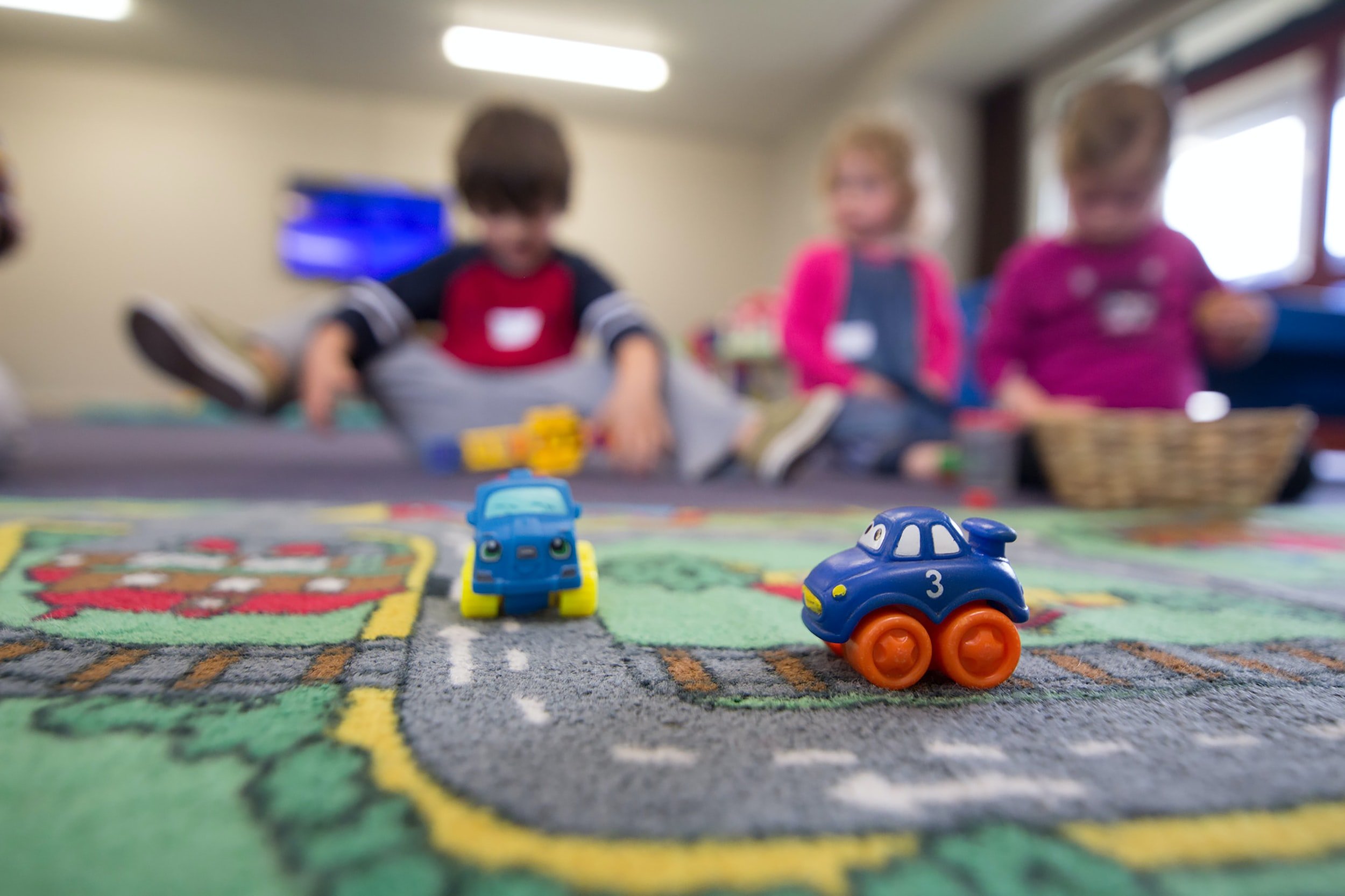How to Evaluate a Preschool from a Preschool Director's Lens
We, parents, need to learn a new approach to evaluate early educational programs (preschool) for our kids. Each program is so wide-ranging and different that it is near impossible to keep up. You’ve got Montessori or Reggio-based programs, forest schools, and play-based ones. Schools in townhouses, homes, churches, or their own centers. Teachers with all kinds of backgrounds; some with master’s degrees and others with associates not to mention a huge range in experience. Weighing one program next to another can ultimately fall just on your location, finances, and overall “gut feeling” of the place, but leaving this decision to your gut shouldn’t be the case. Parents should have clear and understandable metrics for how to evaluate their child’s first educational experience easily. I’m here to explain that this is possible and offer tips on how to do it:
Step 1: Check for The Director’s Responsiveness
Tours are essential. During a tour, you may come up with questions that you may not have otherwise considered asking. Don’t worry about the type of questions you are asking or think that they are too nosy or “helicopter-mommy”. It’s fine. As a mother and as a preschool program director, I am telling you that it is fine. I want to know what concerns you. I want to know so that 1) I can pay attention to this concern as we develop a relationship and 2) I can address the concern if I haven’t already in my center. Directors who are responsive in this way and listen are the people with whom you want to send your child to school.
Step 2: Listen for Key Words
During the tour, be sure that the program you are visiting is emphasizing play. Play is the work of a child (Maria Montessori). Through play, children learn to experiment, understand social cues and think. Play is innate and critical to be at the core of any early childhood program. Play experts have very strong opinions about how this should happen in an early childhood center. Some play-based centers believe only in uninterrupted play. Some programs are still doing worksheets (that is completely outdated and developmentally inappropriate for toddlers and preschoolers). Our vision is that Playful Learning, the combination of many types of play (independent, parallel, free, and guided) is where the learning (thinking is a better word) takes place. Children do need a space for uninterrupted play. This is where they get a chance to independently play, resolve conflicts between friends during play and explore and tinker, with or without friends. There is evidence that the best type of thinking happens after 60-minutes of uninterrupted play, but doing this for an entire school day can become chaotic. Guided play, on the other hand, offers opportunities for children to play within a context designed by teachers and targets a different set of thinking abilities. In our school, we use a combination of guided and free, independent or joint play to teach our weekly themes across our core segments of the day including STEM, Playful Literacy, and Drama. A combination of play methods should be used in schools to help build strong communicators, thinkers, and problem-solvers. Be sure that your school is emphasizing play at its core.
Step 3: Observe How Teachers Respond
When visiting a classroom on a tour, observe how the teacher responds to students. Watch what an educator does especially if a child is not integrating with the group or behaving in a sub-optimal manner. Behavior always means something with kids. It is a form of communication. This is so much more important than the look of the room, the type of toys that are out, and the general aesthetic of the place. Educators that keenly observe first and react after, are those that are working to understand what the behavior means before changing it. Sometimes a child needs to be apart from the group. That is okay. Sometimes a child needs to be on top of another child. That is only okay in situations where we ask for permission. Responding in a manner where accessing the curriculum and fueling connections in relationships is central and meaningful so that children will feel respected, loved and nurtured.
There are many other factors to weigh when looking at school, but the above are a few that feel like non-tangibles that are “in your gut” but should not be. These are things we should be asking about directly. So next time you are on a preschool tour visit, ask yourselves:
Is the director responsive and listening to my questions and concerns?
Does the program emphasize and provide opportunities for different types of play?
Are the teachers observing behavior and pausing before responding to cue in on the needs of that child in that moment?
And let us know how it goes!

